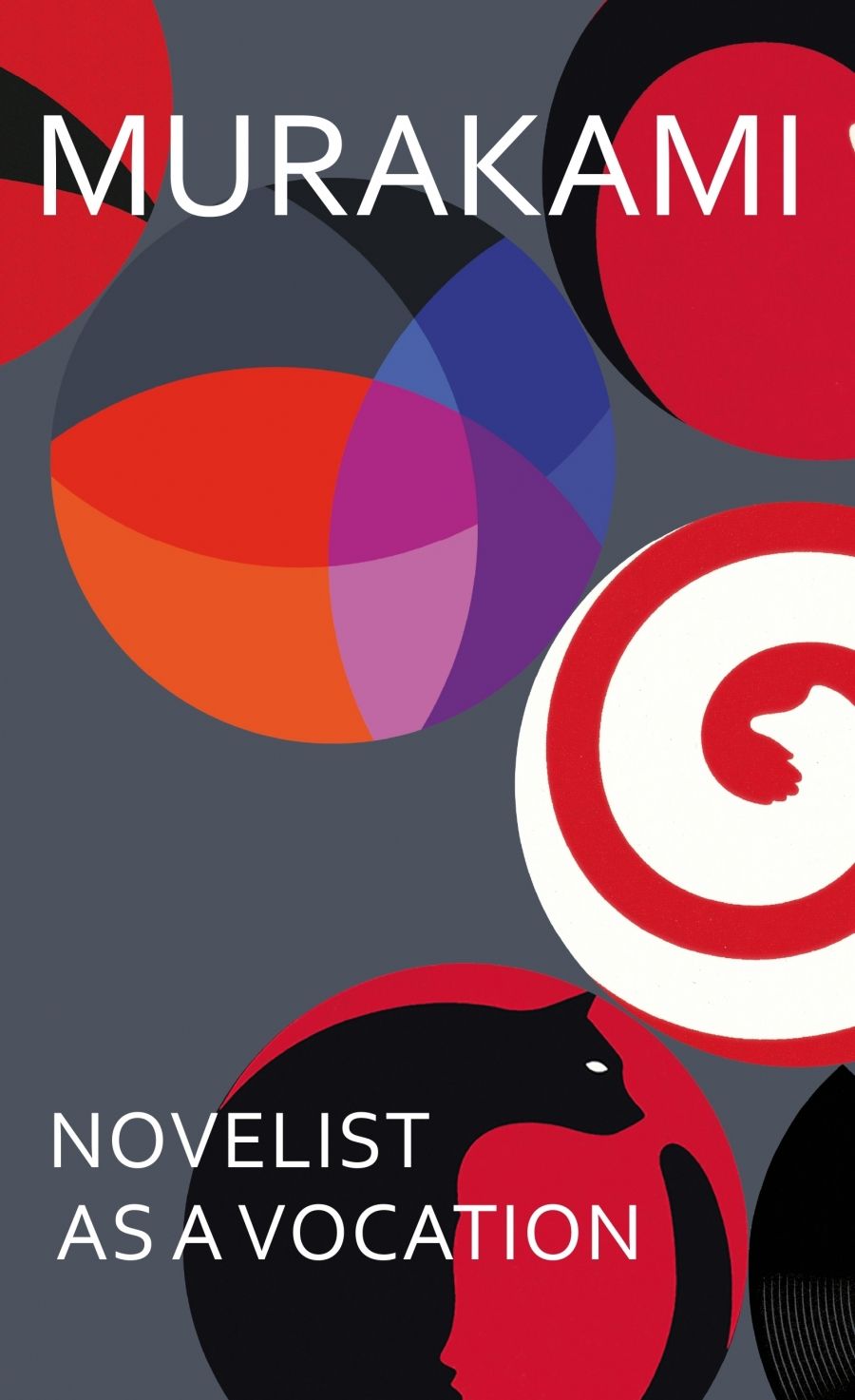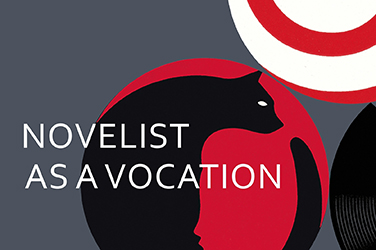
- Free Article: No
- Contents Category: Literary Studies
- Review Article: Yes
- Article Title: Automatic dwarves
- Article Subtitle: Haruki Murakami and the craft of writing
- Online Only: No
- Custom Highlight Text:
In Novelist as a Vocation, Haruki Murakami describes himself as a ‘very ordinary person’ who has ‘a bit of ability’ in writing novels. It is a point Murakami labours in the eleven essays loosely focused on the craft of writing in this book, where he variously insists that ‘I was just a regular guy who in his spare time tossed off a novel that happened to go on to win a new writer’s prize’. While it is difficult to imagine that an international bestselling author is a kind of everyman figure, these statements are put under pressure in this volume in discussions about his ‘magical’ creativity.
- Featured Image (400px * 250px):

- Alt Tag (Featured Image): Cassandra Atherton reviews 'Novelist as a Vocation' by Haruki Murakami, translated by Philip Gabriel and Ted Goossen
- Book 1 Title: Novelist as a Vocation
- Book 1 Biblio: Harvill Secker, $35 hb, 219 pp
Murakami’s long rant in ‘Literary Prizes’, where he tries to argue that he was ‘relieved not to have won’ the prestigious Akutagawa Prize, exposes his bitterness towards critics of his work and unfavourable reviews. It is a theme rehearsed in many essays, including ‘Are Novelist’s Broadminded?’, where he discusses a review of his book Underground (2000) and specifically the criticism of it as ‘[a] display of ignorance of the basic rules of nonfiction’. This provokes the diatribe: ‘I had not attempted to write nonfiction per se; rather, I had attempted to produce a work unbeholden to any genre that handled “nonfictional” material. I had stepped on the tails of the tigers who guard the sacred sanctuary of nonfiction, and they were angry.’
In Novelist as a Vocation, Murakami again attempts to challenge the boundaries of autobiography and memoir by arguing that while his book will be read by many people as ‘autobiographical essays’, it is not what he intended. Instead, he labels the essays ‘somewhat self-indulgent personal writing’ and a ‘record of a personal thought process’ that he hopes might be ‘a little useful in a practical way’. While the collection’s usefulness as a tool for writing or becoming a writer is debatable, there is little doubt that the opportunity to read some of the thoughts and ideas that sparked Murakami’s famous novels will excite his fans. This is especially the case for the zealots known as harukisuto, who have become famous for their passionate devotion to the writer, and also to Team Hashirundagaya, which runs in the same races and marathons as Murakami in an attempt to get closer to him. In Novelist as a Vocation, he allows the reader access to some of the private moments that have been most relevant to his writing career. His repeated acknowledgment that writers’ greatest responsibility is to their readers demonstrates his understanding that the key to his longevity as a writer is partly about a faithful and enduring readership.
Murakami notes in the foreword to this collection that there is a seven-year time lag between its 2015 publication in Japan and its subsequent translation and publication in English. Furthermore, he began writing the essays in 2010 with the first six chapters serialised in the Japanese magazine, Monkey. Murakami notes as a kind of apologia:
During these past seven years we’ve experienced all kinds of crucial events, including the Corona pandemic, and wars breaking out around the world. These circumstances have forced us to make some significant changes in our lives. These essays, though, do not reflect those changes, or the individual changes I’ve experienced myself.
This seems like a missed opportunity for a new and updated version of the book. So much has changed for writers since the beginning of the pandemic. Without reference to this period, many of the essays read as relics of a more mobile and interactive time for writers. Adding two more essays to the end of the book to address some of the key points for writers over these seven missing years would have given the volume greater relevance. Murakami states, ‘I have no idea if this book could serve as a guidebook or introduction to help those hoping to write novels’. Given his success as a writer, however, there is little doubt it will be a popular text used in schools, universities, and writing centres. While there are some illuminating moments in the essays, becoming a novelist as a vocation remains a tantalising but unlikely prospect for the majority of readers.


Comments powered by CComment